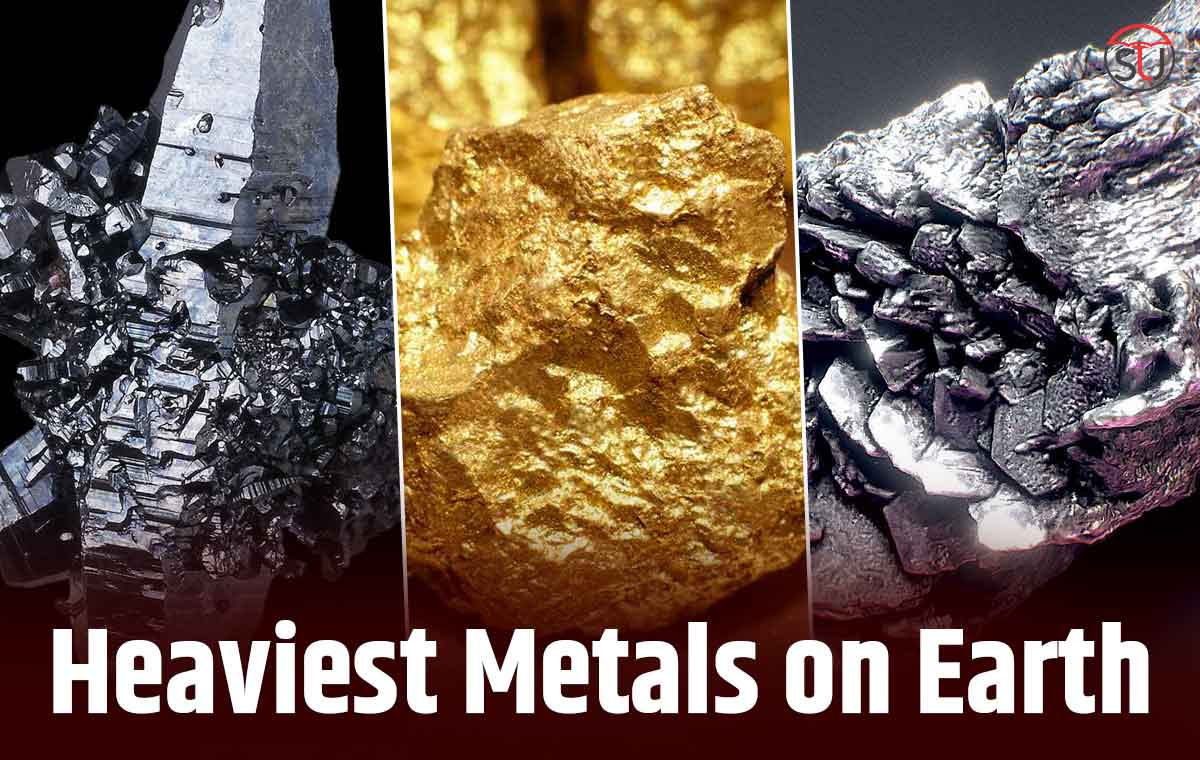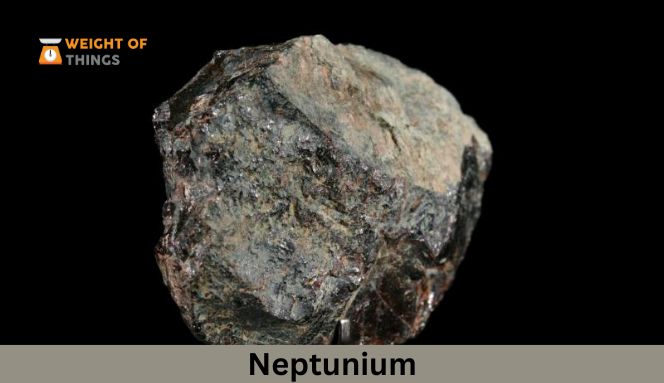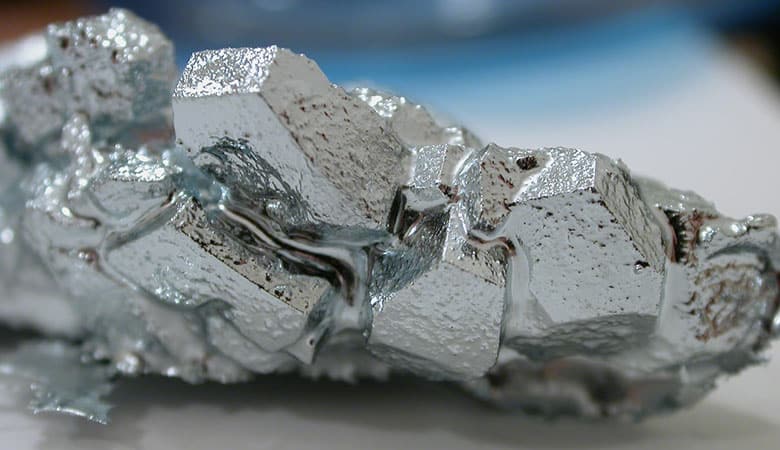What Is The Heaviest Metal On Earth? Uncovering The True Giants
Have you ever stopped to wonder what truly makes something "heavy" in the world of materials? It's a question that, quite frankly, gets a lot of people thinking, especially when we talk about metals. Today, we're going to explore this fascinating idea, looking at what gives certain metals their impressive bulk and which one really takes the crown as the heaviest metal on our planet. It's almost like a detective story, trying to figure out the real heavyweight champion.
You see, each metal, so to speak, has its own special set of characteristics, a whole range of different properties that make it unique. And when it comes to how much something weighs for its size, that's where things get really interesting, because some metals are just incredibly dense. We're going to look at the ones that are truly massive, the ones that are, well, very heavy for their size, and understand what makes them so special.
So, get ready to discover the metal that truly ranks as the heaviest, based on its density and even its atomic weight, right here on planet Earth. We'll talk about what makes it so weighty, and, you know, what we actually use it for in our daily lives, or in specialized industries, which is pretty cool when you think about it.
- Get The Original El Patron Viral Video Now Download And Share.linkmaz
- Sone 385 Video Exploring The Phenomenon And Its Impact.linkmaz
- Ofilmywap Filmywap Your Ultimate Guide To The World Of Movies And Entertainment.linkmaz
- Theminxxclub Nude.linkmaz
- Sophie Rain Onlyfans Leaked Exploring The Truth Behind The Controversy.linkmaz
Table of Contents
- Understanding "Heavy" in the World of Metals
- Osmium: The Undisputed Heavyweight
- The Platinum Group Metals: A Family of Giants
- Top 10 Heaviest Metals by Density
- Heavy by Atomic Mass: A Different Perspective
- Oganesson: The Synthetic Heavyweight
- Practical Uses for These Mighty Materials
- Frequently Asked Questions
Understanding "Heavy" in the World of Metals
When we talk about something being "heavy," we're usually thinking about its great weight, which is characterized by its mass or how much it weighs. This meaning is pretty common, you know, like when we say something is difficult to lift or move, or perhaps it's a heavy and bulky load. In a scientific context, like in physics, this idea of "heavy" is really important, but it's also used in everyday language, as a matter of fact.
For instance, if you were to pick up a small piece of something incredibly dense, it would feel surprisingly weighty, much more so than a piece of something less dense, even if they were the same size. This concept of density is really what we mean when we talk about the "heaviest" metals. It's about how much mass is packed into a certain amount of space, and that's why some metals, quite frankly, just feel so much more substantial than others.
The phrase "heaviest" is, you know, the superlative form of "heavy," signifying the highest degree of weight. It means something has more than the usual or expected amount of mass for its size. This is important because it helps us distinguish between a large object that might be light for its size, and a small object that feels incredibly weighty because of its density. So, it's not just about size, but about how tightly packed the atoms are, which is pretty fascinating, honestly.
- Subhashree Sahu Leaked Video.linkmaz
- Wasmo Somali Telegram Link Your Ultimate Guide To Accessing Exclusive Content.linkmaz
- King Von Dead Body.linkmaz
- Was Jeffrey Epstein A Mossad Agent.linkmaz
- Filmyfly Bollywood Your Ultimate Destination For Bollywood Entertainment.linkmaz
Osmium: The Undisputed Heavyweight
When it comes to the heaviest common metal on Earth, osmium is, quite simply, the champion. It has an incredible density of 22.6 grams per cubic centimeter. To put that into perspective, osmium, bulk for bulk, has nearly twice the weight of lead, which is already known for being quite heavy. This makes it very heavy for its size, which is something you'd definitely notice if you ever held a piece of it, actually.
Among the densest metals on our planet, osmium really stands out, you know. With its density of 22.59 grams per cubic centimeter, it truly tops the list of the heaviest metals found naturally on Earth. Its specific gravity is almost 22 1/2, while, for comparison, the specific gravity of gold is about 19 1/4. So, you can see, it's significantly denser than even gold, which is pretty impressive, in a way.
This remarkable density means that osmium is the densest metal on Earth, making it incredibly weighty for its size. It's not just heavy, but it's heavy in a way that suggests its atoms are packed together incredibly tightly. This property is what makes it so unique and, frankly, why it's such a subject of interest in materials science. It's a pretty special element, all things considered, and its weight is a big part of its story.
The Platinum Group Metals: A Family of Giants
Osmium isn't just a standalone heavyweight; it's actually part of a very special family of elements known as the platinum group metals, or PGMs. This group also includes palladium, ruthenium, rhodium, and iridium, all of which are, you know, pretty dense and valuable metals in their own right. They share many similar properties, often found together in nature, which is quite interesting, really.
These metals are known for their exceptional resistance to corrosion and their high melting points, which makes them incredibly useful in many industrial applications. They are, so to speak, rather tough and resilient. The fact that osmium belongs to this esteemed group just adds to its allure, highlighting its unique position among some of the planet's most important and, frankly, heaviest elements. It's a family that truly punches above its weight, if you think about it.
Each of these platinum group metals, while not as dense as osmium, still possesses, you know, a very significant weight for its size. They are all considered "heavy" in the scientific sense, and their collective properties make them indispensable for a wide range of modern technologies. It's pretty cool how a whole group of elements can share such similar, valuable traits, isn't it?
Top 10 Heaviest Metals by Density
When we talk about the heaviest metals on Earth, we're really focusing on their density. Here, we're going to discuss the top 10 heaviest metals based on this very important property, which, you know, tells us how much mass is squeezed into a particular volume. This list helps us understand which metals are truly the most compact and, therefore, the most weighty for their size, which is pretty neat.
We've gathered information to provide you with a list of the 10 heaviest metals and will touch upon their general properties and uses. It's worth noting that while osmium typically holds the top spot, some sources might list iridium as a very close second, sometimes even swapping places depending on the exact measurement conditions, which is kind of interesting.
Here are the top 10 heaviest metals on Earth, with their approximate density per cubic centimeter, based on what we know. This list helps paint a clear picture of which materials truly have a lot of "stuff" packed into them, making them remarkably heavy for their size, actually:
- Osmium (Os): ~22.59 g/cm³
- Iridium (Ir): ~22.56 g/cm³
- Platinum (Pt): ~21.45 g/cm³
- Rhenium (Re): ~21.02 g/cm³
- Neptunium (Np): ~20.45 g/cm³
- Plutonium (Pu): ~19.84 g/cm³
- Gold (Au): ~19.30 g/cm³
- Tungsten (W): ~19.25 g/cm³
- Uranium (U): ~19.05 g/cm³
- Tantalum (Ta): ~16.69 g/cm³
You can see that these are all, basically, quite dense materials. Tantalum, for example, is an essential ingredient in many modern technologies, and despite its hardness, it is as flexible as gold, which is a rather useful combination of properties, you know.
Heavy by Atomic Mass: A Different Perspective
While density tells us how much mass is in a given volume, another way to think about "heavy" is by looking at the relative atomic mass of an element. This refers to the average mass of an atom of that element, which is, in a way, a measure of how much "stuff" is in each individual atom. It's a slightly different concept from density, but equally important when discussing heavy elements, as a matter of fact.
The heaviest naturally occurring element, when considering its relative atomic mass, is plutonium, with an atomic number of 94 and a relative atomic mass of 244.0. This is pretty significant because plutonium is also highly radioactive, which makes it, you know, quite a powerful element, but also one that requires very careful handling. It's not something you'd just find lying around, that's for sure.
Other heavy metals in terms of their relative atomic mass include uranium, with an atomic number of 92 and a relative atomic mass of 238.0289. Then there's radium, atomic number 88, with a relative atomic mass of 226.0254, and radon, atomic number 86, with a relative atomic mass of 222.0. These elements are also known for their radioactivity and, you know, their substantial atomic weight, which contributes to their unique properties, generally speaking.
So, while osmium is the heaviest metal by density, these elements like plutonium and uranium are considered "heavy" because their individual atoms are incredibly massive. It's a distinction that, you know, helps us understand the different ways we can define "heavy" in the chemical world. They are, essentially, atomic giants.
Oganesson: The Synthetic Heavyweight
Beyond the naturally occurring elements, there are also synthetic elements, which are created in laboratories. One such element that truly pushes the boundaries of "heavy" is Oganesson (Og). It's a highly radioactive synthetic element with the atomic number 118 and the symbol Og. This means it has 118 protons in its nucleus, making it, you know, incredibly complex and, frankly, very unstable.
Oganesson is predicted to have properties similar to other noble gases like helium, neon, argon, krypton, xenon, and radon. However, because it's so heavy and short-lived, its properties are, you know, mostly theoretical at this point. It's a fascinating example of how scientists are constantly pushing the limits of what's possible, creating elements that don't naturally exist, which is pretty amazing, honestly.
Today, we can learn about 45 of the heaviest metals created in the lab or found on Earth, and Oganesson is definitely one of the most extreme examples. It represents the very edge of our current understanding of elements and their potential properties, even if it only exists for a tiny fraction of a second. It's a testament to human ingenuity, really, in the pursuit of knowledge about matter.
Practical Uses for These Mighty Materials
So, what are these incredibly heavy metals actually used for? Well, their unique properties, especially their density, hardness, and resistance to wear and tear, make them valuable in a variety of applications. It's not just about how much they weigh; it's about what that weight and other characteristics allow them to do, which is, you know, quite practical, actually.
Osmium, for example, is used in fountain pen tips because it's so resistant to wear and tear. It's also found in electrical contacts where durability is absolutely essential. Its incredible hardness means it can withstand a lot of friction and pressure without degrading, which is pretty useful in precision instruments, honestly.
Tantalum, which is also on our list of heavy metals, is an essential ingredient in many modern technologies. It's widely used in capacitors for electronics, like in smartphones and computers, because it's incredibly efficient at storing electrical charge. And, you know, the fact that it's as flexible as gold despite its hardness makes it even more versatile, which is a rather good combination of traits.
Other heavy metals, like the platinum group metals, find uses in catalytic converters in cars, laboratory equipment, and even in jewelry. Their resistance to corrosion and high melting points make them ideal for harsh environments. Uranium and plutonium, while heavy in terms of atomic mass, are, you know, primarily used as nuclear fuels due to their radioactive properties, which is a very different kind of application, obviously.
The study of these metals, their properties, and their uses helps us understand the fundamental building blocks of our world and how we can, you know, put them to work for us. It's a continuous exploration into the incredible diversity of materials, and what makes each one truly special, which is pretty cool when you think about it.
Frequently Asked Questions
What are the 10 heaviest metals, by density and atomic weight, from lightest to heaviest?
We've discussed the top 10 heaviest metals by density, with osmium at the top. When considering atomic weight, elements like plutonium, uranium, radium, and radon are among the heaviest naturally occurring ones. The list by density includes Osmium, Iridium, Platinum, Rhenium, Neptunium, Plutonium, Gold, Tungsten, Uranium, and Tantalum, you know, from heaviest to slightly less heavy, but still very dense.
Which are the heaviest metals on Earth, and what are their uses?
The heaviest metal on Earth by density is osmium, used in things like fountain pen tips and electrical contacts due to its extreme resistance to wear. Other heavy metals include platinum group metals used in catalysts and electronics, and metals like tantalum, which is vital for modern electronic components. Basically, their uses often come from their unique combination of density, hardness, and resistance, which is pretty neat.
What is the heaviest naturally occurring element?
The heaviest naturally occurring element, in terms of its relative atomic mass, is plutonium, with an atomic number of 94. It's a highly radioactive element. While osmium is the heaviest *metal* by density, plutonium takes the lead when we look at the mass of individual atoms found in nature, which is a rather important distinction, you know.
To learn more about metals and their incredible properties on our site, you can also explore this page for additional details.
- Sophie Rain Onlyfans Leaked Exploring The Truth Behind The Controversy.linkmaz
- Lindsey Harding Wife.linkmaz
- Teddy Swims Real Name Discovering The Man Behind The Music.linkmaz
- Tim Scott First Wife.linkmaz
- Justin Trudeau Net Worth Before Becoming Prime Minister.linkmaz

Exploring The Heaviest Metal On Earth: A Comprehensive Guide

List of 20 Heaviest Metals on Earth (Density, Weight, Formula) - Weight of Things

List of the 10 Heaviest Metals (Density and Atomic Weight)